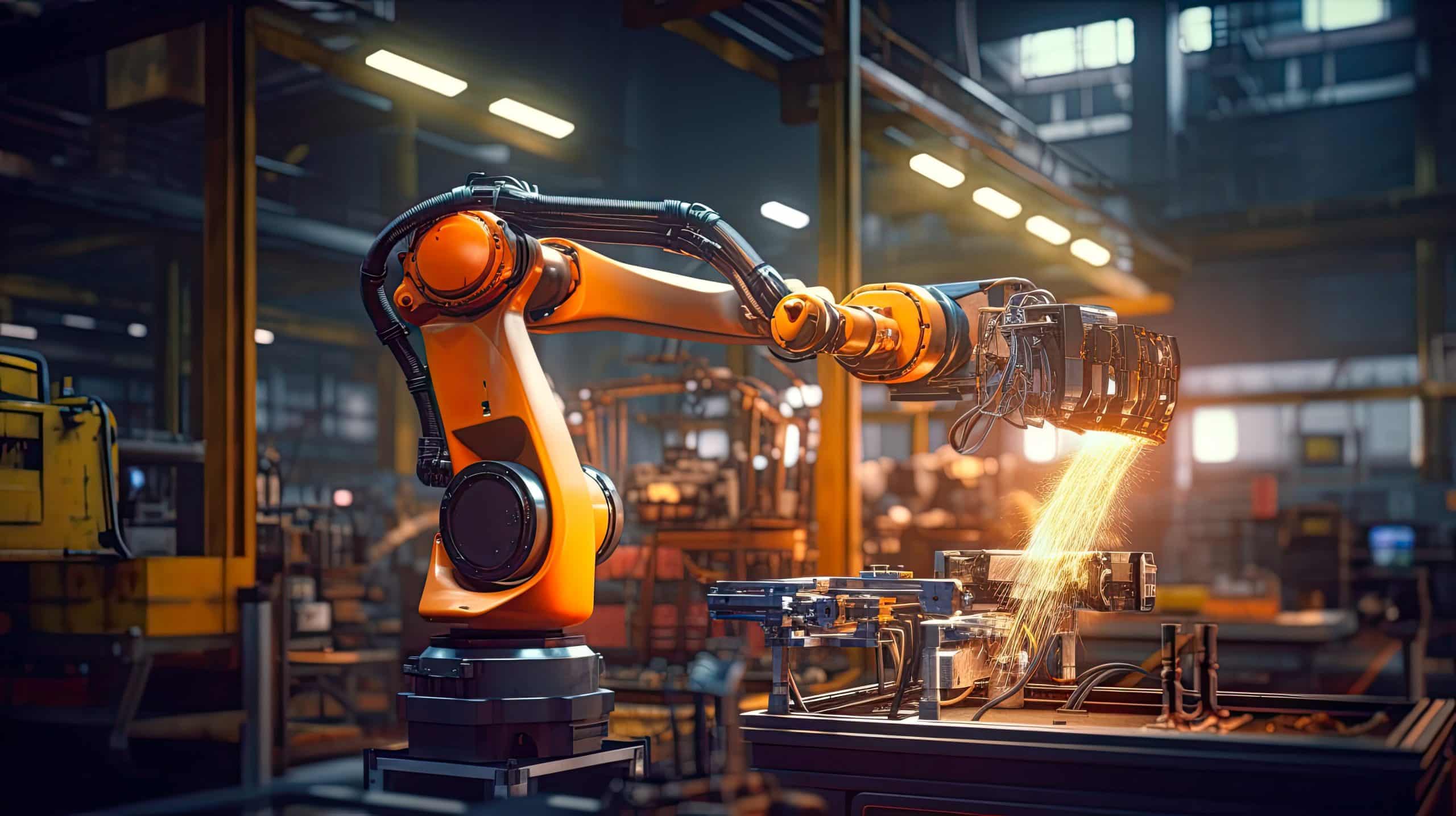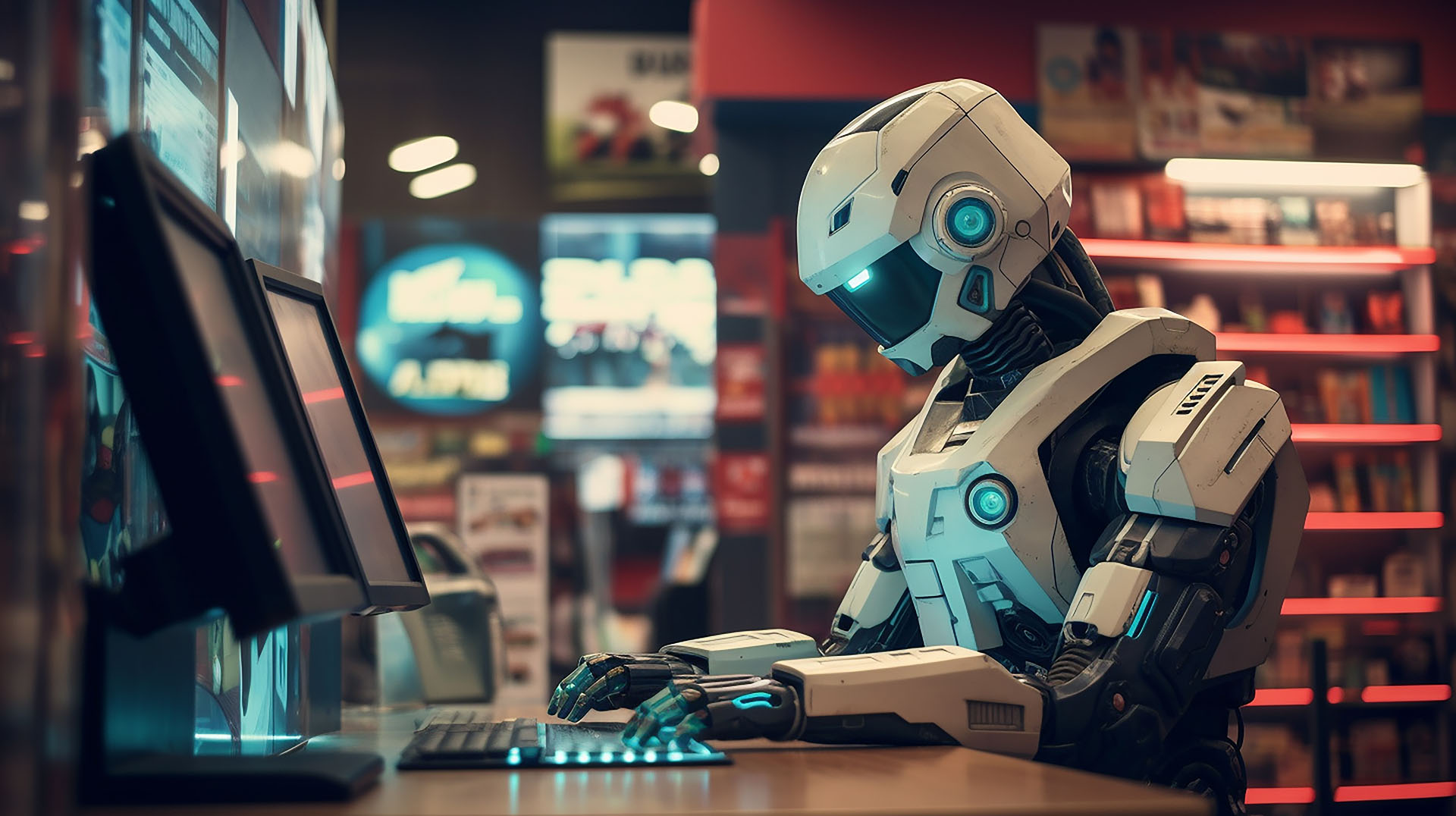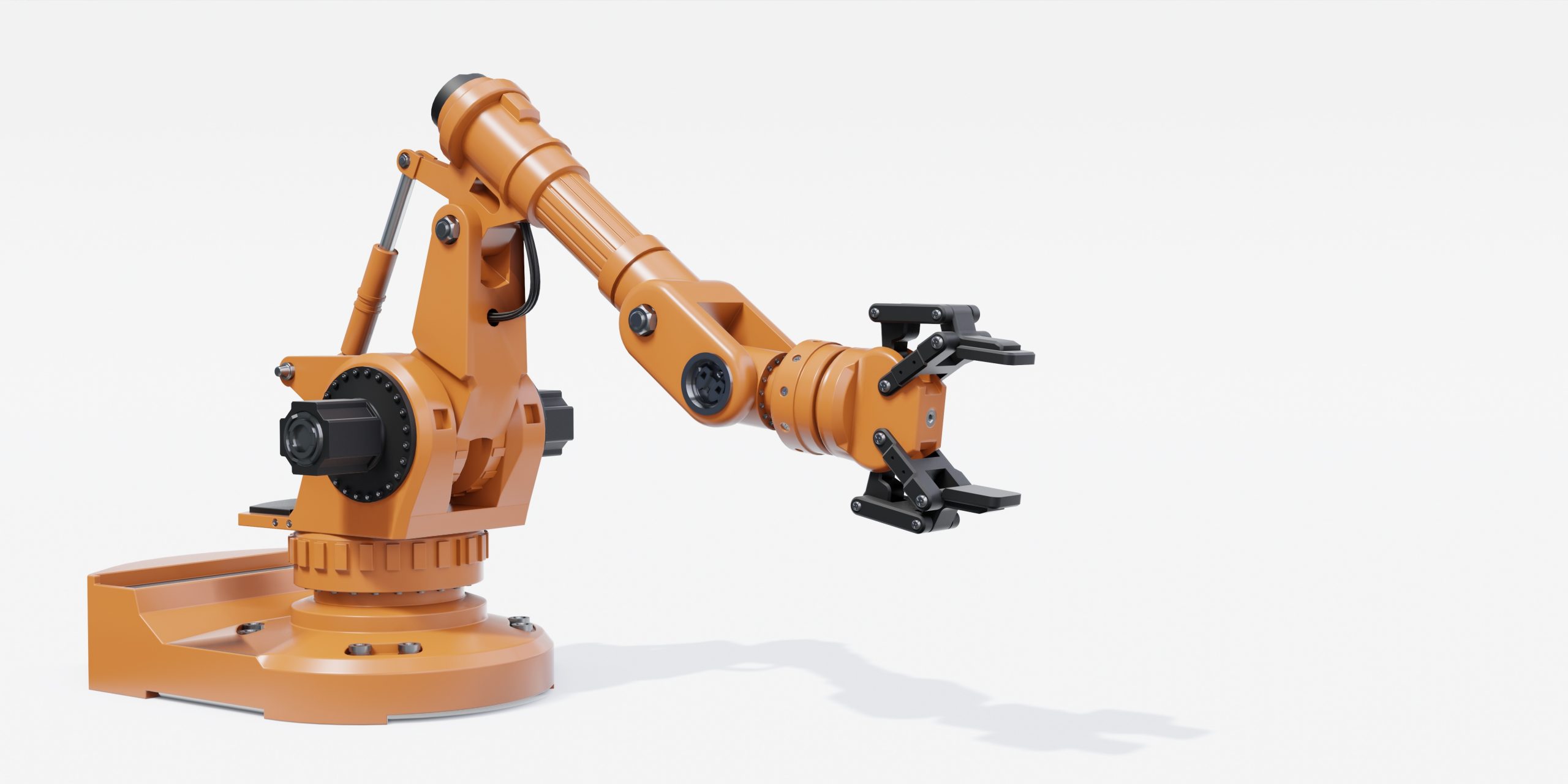Unimate introduced the first industrial robotic arm in 1961. This was followed by the world’s first programmable robot, called the Stanford Arm, in 1969. These early industrial robots were used primarily for welding and assembly tasks.
The 1980s saw the introduction of more versatile robots that could handle a wider range of tasks, including material handling, machine loading and unloading, packaging, palletizing, product inspection, and testing. The 1990s witnessed the development of smarter robots that were equipped with sensors and could be controlled via computer networks. Today’s robotic arms are even more advanced, with the ability to carry out complex tasks such as fabricating parts, painting objects, and assembling products.
Robotic arms have come a long way since their inception in the 1960s. They are now more versatile and efficient than ever before, making them an indispensable part of the modern manufacturing process. Thanks to their continued evolution, robotic arms are poised to play an even more important role in the years to come.
What are robotic arms mainly used for?
Robotic arms are mainly used for welding, fabricating parts, painting objects, and assembling products. However, their usage is not limited to these tasks; they can also be used for material handling, machine loading and unloading, packaging, palletizing, product inspection, and testing. In recent years, robotic arms have become increasingly sophisticated, with the ability to carry out complex tasks that require a high degree of precision.
What will be the next development in robotic arms?
Current research into combining machine learning with robotic arms shows great promise for the future of these machines. Machine learning algorithms can be used to teach robotic arms how to carry out new tasks without human intervention. This could potentially lead to robotic arms that are much more versatile and efficient than those currently in use. Additionally, research is being conducted into developing robotic arms that are powered by artificial intelligence. These so-called “intelligent” robotic arms would be able to make decisions on their own and carry out tasks without the need for human input.
As you can see, the future of robotic arms is very exciting. Thanks to continued advancements in technology, these machines are becoming more and more versatile and efficient. It is clear that they will continue to play a vital role in the manufacturing process, and it is likely that their usage will only increase in the years to come.
If you would like to know more about robotic arms and their accessories then get in touch with us today!






